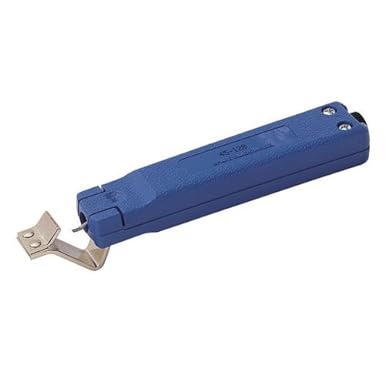First concept is the stripper, is it cutting or ripping away. How easily does it adjust for various thicknesses of jackets and conductors? How properly adjusted is it for what you are cutting? Is it nicking the
insulation on inner conductors or nicking copper to conductors? Why bother?
Nick the inner conductors to an outer
jacket by way of
utility knife stripping it or automatic cable stripper and once that cable gets some use and or tension from pulling and that little nick is the stress pint that turns into a cut. That cut than turns into something that just needs moisture to turn into a short. I don’t accept automatic cable strippers other than for
ethernet or
BNC cable. And in those cases I’m very much adjusting to make sure the stripper is set properly.
Pinch pull method with dikes and a good pair of
wire strippers where the jaws surround the
conductor not just come together at the
conductor is what I recommend. First the dikes in the pinch/pull technique described earlier ensures that the blades are nowhere near the inner conductors or at least on theormoplastic or Euro cable, just nicking the outer
conductor in no worse a way than the other techniques. The
wire strippers by way of control of them and what the heck use does automatic
wire strippers for individual conductors have anyway?




